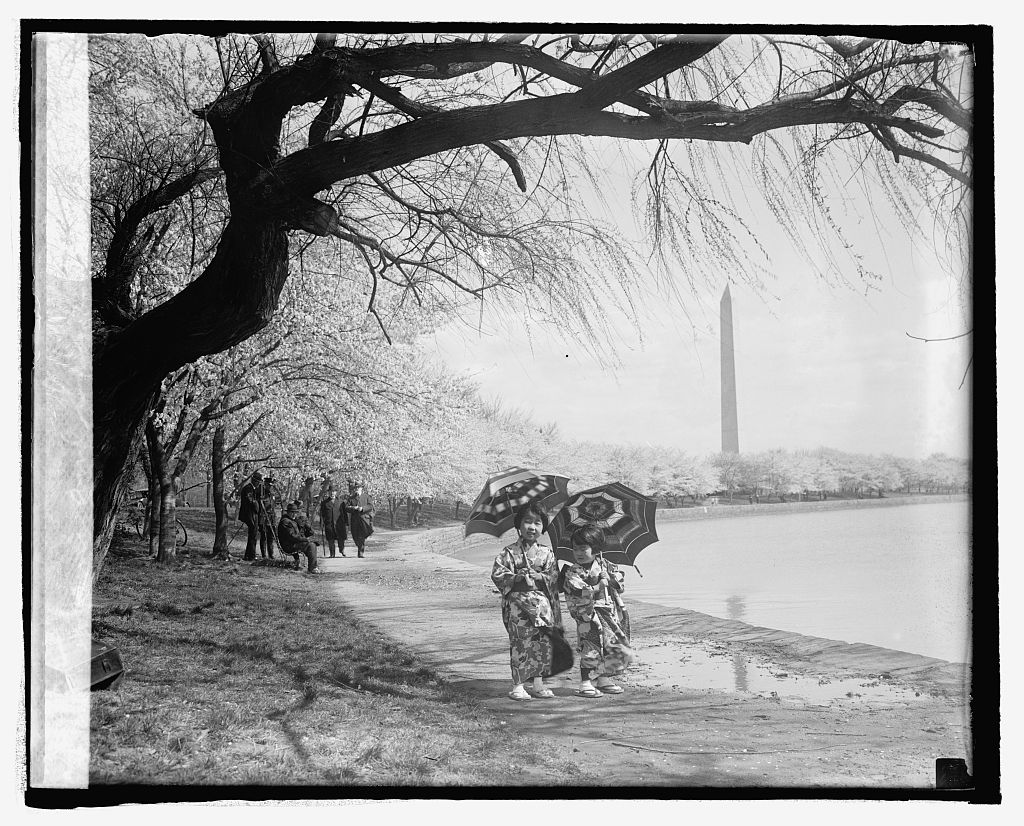

At once urban parkland and memorial landscape, the Tidal Basin is witness to the breadth and complexity of American life. It has been background to the daily lives of generations of Washingtonians. It has been a site of celebration and of protest. And it has shaped the memories of visitors from across the country and around the globe. It has always been a place for the many.
Scroll to see more content and
click the icons in the left toolbar
to navigate between chapters.
As a public park, the Tidal Basin is a common ground where families and friends gather, where athletes run and play.
It is a landscape notable for the work of advocates and innovators. The voices and leadership of women especially, from Eliza Scidmore to Nellie Taft to Lady Bird Johnson, shaped the Tidal Basin through the planting of thousands of Japanese cherry trees and the establishment of recreational landscapes.

The siting of memorials to leaders and movements that have transformed our democracy has further defined the meaning of this place and drawn both ritual and protest.
Injustices within our national story have played out here, too. The Tidal Basin once featured segregated swimming beaches that were closed permanently rather than be integrated for all.
A celebration of complexity in a city of formal orders, the Tidal Basin might be the most American cultural landscape, a dynamic expression of who we are as a people.
Today the Tidal Basin is in peril as the climate crisis coincides with aging infrastructure and over-use. Regular flooding already inundates the circuit walk and impairs the health and vigor of the flowering cherries. Over the next hundred years, storms are predicted to inundate the memorials and the Mall regularly with floodwaters—unless we act.
